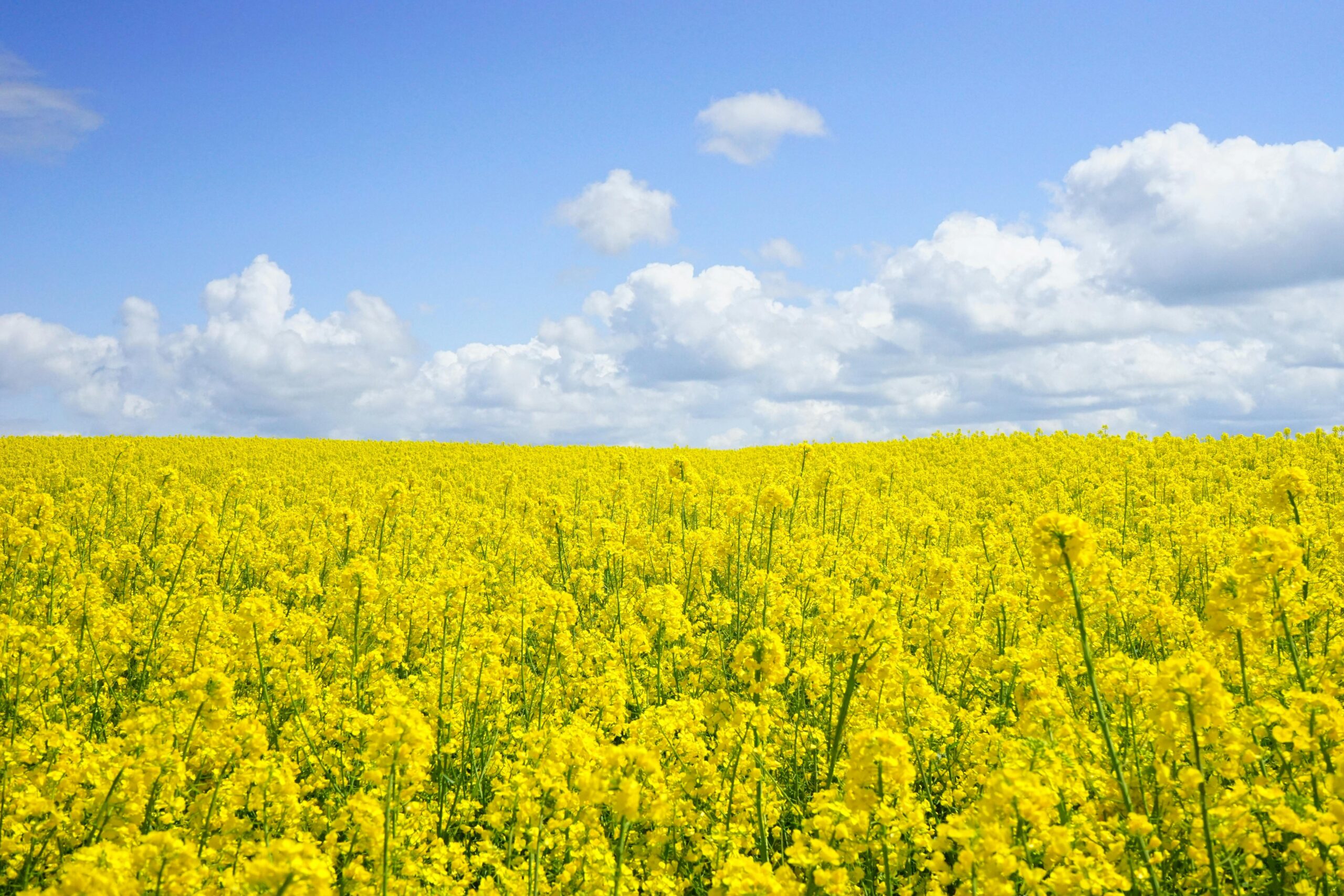
Canola (a cultivar of rapeseed, Brassica napus) is a major global oilseed crop, prized for its high-quality vegetable oil and protein-rich meal. It is one of the most widely traded agricultural commodities, particularly in the food, feed, and biofuel industries.
1. Key Facts About Canola
-
Primary Producers: Canada (~20M metric tons/year), EU (Germany, France), China, Australia.
-
Main Uses:
-
Edible Oil (low saturated fat, high omega-3s)
-
Animal Feed (canola meal as protein supplement)
-
Biofuel (biodiesel feedstock)
-
-
Genetic Variants:
-
Conventional (GMO & non-GMO)
-
High-oleic (modified for stability in frying)
-
2. Global Production & Trade
Top Producers (2023/24 Estimates, USDA)
-
Canada (20.5M tons) – Dominates global exports.
-
European Union (19.8M tons) – Mostly domestic use.
-
China (14.5M tons) – Imports from Canada.
-
India (~10M tons, mostly mustard rapeseed).
-
Australia (~8M tons, export-focused).
Major Exporters & Importers
| Exporter | Buyers | Key Trade Routes |
|---|---|---|
| Canada | China, EU, Japan, Mexico | Vancouver ports to Asia |
| Australia | EU, Pakistan, UAE | Perth/Fremantle shipments |
| Ukraine (pre-war) | EU, Middle East | Black Sea exports (disrupted) |
-
China is the largest importer (~5M tons/year), mostly from Canada.
-
EU imports for biodiesel despite being a top producer.
3. Pricing & Market Drivers
Price Influences
-
Weather: Drought in Canada (2021) spiked prices.
-
Demand for Veg Oils: Competing with palm & soybean oil.
-
Biofuel Policies: EU & U.S. mandates increase demand.
-
Currency Fluctuations: CAD/USD exchange rates affect Canadian exports.
Futures Markets
-
Traded on ICE Futures Canada (Winnipeg) and Euronext (Paris).
-
Prices typically follow soybean oil trends (substitute oil).
4. Challenges in Canola Trade
-
Climate Sensitivity: Vulnerable to drought (Canada 2021) & excessive rain (Australia 2022).
-
Trade Disputes:
-
China’s 2019 ban on Canadian canola (political tensions).
-
EU’s pesticide regulations (neonicotinoid restrictions).
-
-
GMO vs. Non-GMO: Some markets (EU) prefer non-GMO, limiting Canadian sales.
5. Innovations & Future Trends
-
High-Yield Varieties: Drought-resistant & disease-tolerant strains.
-
Biofuel Expansion: EU’s Renewable Energy Directive (RED III) boosts demand.
-
Plant-Based Foods: Canola protein isolates for vegan products.
-
Carbon Farming: Canola as a rotation crop for carbon credits.
6. Investment & Opportunities
-
Crushing Capacity: Expanding in Canada & Australia for oil/meal.
-
Alternative Markets: Canola-based aviation fuel (SAF).
-
Precision Agriculture: AI-driven yield optimization.
Conclusion
Canola remains a high-demand commodity due to its dual role in food and energy markets. Canada’s dominance faces challenges from climate and trade policies, while biofuel demand and plant-based trends drive long-term growth.
